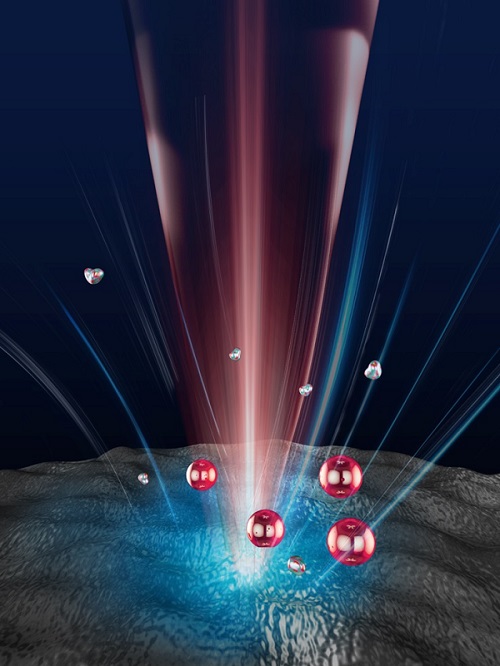A tweak to optical tweezer technology introduced by researchers at the University of Texas at Austin fixes the problem of heat that affects the tool. The prolonged interaction with the laser beam can alter molecules and particles or damage them with excessive heat in optical tweezer technology. The tweak could lead to new research and simplify processes for using optical tweezers.
The breakthrough that avoids overheating comes out of a combination of two concepts: the use of a substrate composed of materials that are cooled when a light is shined on them (in this case, a laser), and thermophoresis, a phenomenon in which mobile particles will commonly gravitate toward a cooler environment. The cooler materials attract particles, making them easier to isolate while also protecting them from overheating. By solving the heat problem, optical tweezers could become more widely used to study biomolecules, DNA, diseases, and more.

Optical tweezers use light to trap particles for analysis. A new breakthrough keeps those particles from overheating. Courtesy of the University of Texas at Austin.
Yuebing Zheng, corresponding author of the research paper and an associate professor in the Walker Department of Mechanical Engineering, said, “Our tool addresses this critical challenge: Instead of heating the trapped objects, we have them controlled at a lower temperature.”
The research team calls its technology opto-refrigerative tweezers (ORTs). The technology works by manipulating objects at a laser-generated cold spot. This is enabled by optical refrigeration and thermophoresis. The localized laser cooling of the substrate generates a nonuniform temperature gradient field in which colloidal particles and molecules can be trapped at the low temperature region.
Since it is based on a temperature gradient field, ORT allows the long-range trapping with a low-intensity and weakly focused laser beam, which can reduce the photon degradation of target objects.
In addition, the general thermophobic nature enables the trapping of various colloids and biomolecules in liquid media by ORT. The researchers realized localized laser cooling in liquid media with Yb:YLF crystals and a 1020-nm laser.
Future research may focus on improving the surface uniformity of the substrate, or fine-tuning of the tweezers’ trapping potential.
The team expects that the tool will prove useful in a variety of fields, including materials science, physical chemistry, and biological science.
The research was published in Science Advances (www.doi.org/10.1126/sciadv.abh1101).